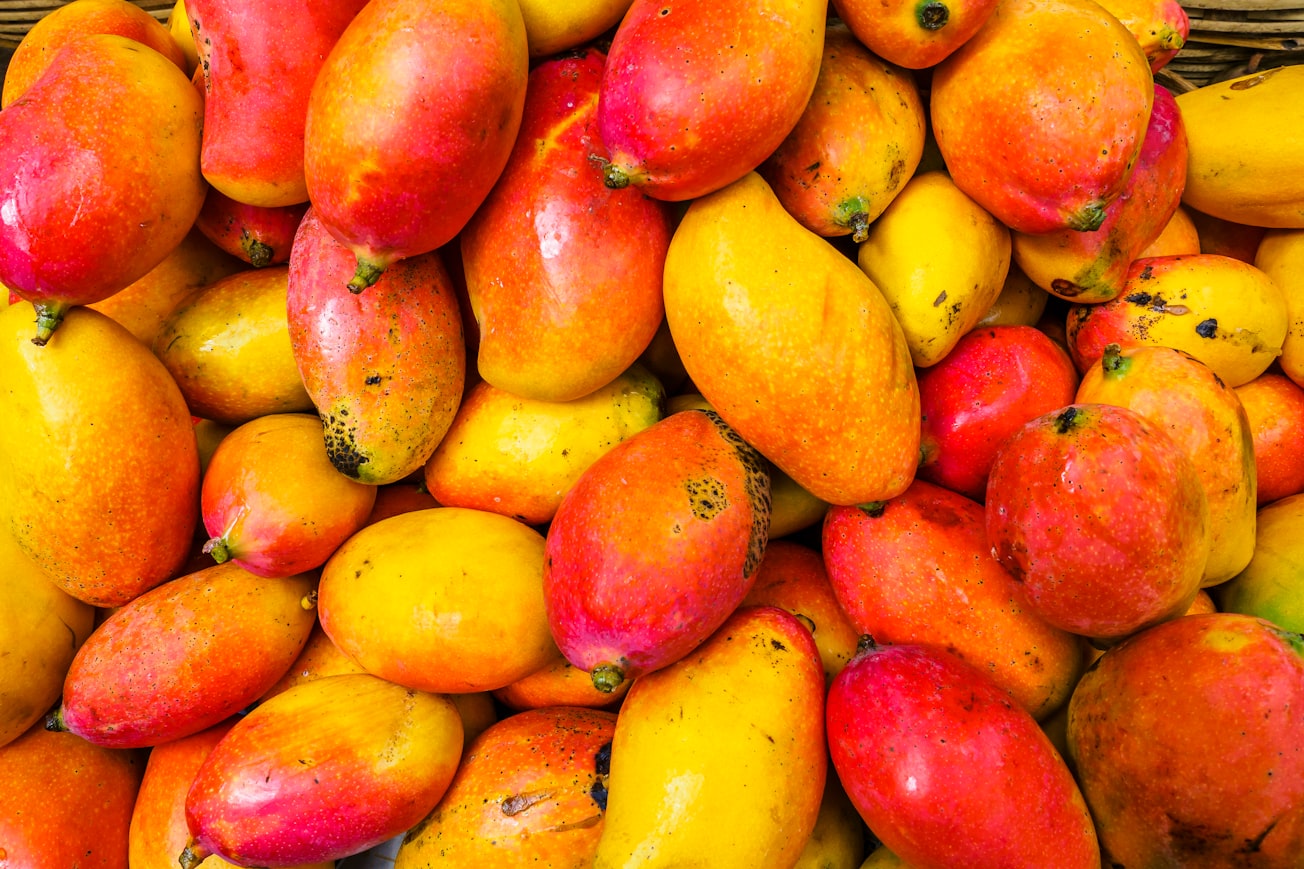What is it about?
Komagataeibacter rhaeticus sp. SU12 was tested using chemical and molecular techniques, its cellulose production was optimized using Mangifera indica (mango) extracts wastes as a carbon source. This strain reached high values of cellulose production, which showed better stability without alteration in chemical structures when was characterized by physicochemical methods.
Featured Image

Photo by Alexander Schimmeck on Unsplash
Why is it important?
Bacterial cellulose has applicability in the electronic, food and biomedical industries due to its better physical-chemical properties compared to the vegetable source. However, its high production costs have led to the search for alternative sources that improve its profitability. Therefore, this research contributes to revalorize mango wastes to produce high cellulose values by an acid acetic native strain.
Read the Original
This page is a summary of: Isolation and partial characterization of
Komagataeibacter
sp.
SU12
and optimization of bacterial cellulose production using
Mangifera indica
..., Journal of Chemical Technology & Biotechnology, July 2021, Wiley,
DOI: 10.1002/jctb.6839.
You can read the full text:
Contributors
The following have contributed to this page










